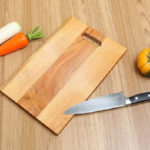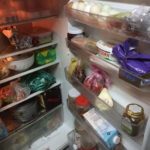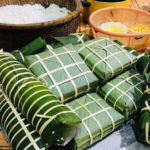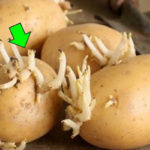1 The Dangers of Mold

Humid environments provide the perfect conditions for mold to thrive. There are many types of mold, some of which are toxic. Certain molds can cause food poisoning, leading to liver damage, nervous system disorders, hemorrhaging, or even cancer.
Some individuals are allergic to mold and may experience difficulty breathing or go into anaphylactic shock after consuming mold-contaminated food.
2 What About Moldy Bread?

– Loaves of bread and sandwiches are prone to mold if stored in humid conditions. Even when carefully wrapped, condensation can form inside the packaging, creating an ideal environment for mold growth.
– Moon cakes, despite having small desiccant bags, are also susceptible to mold growth. Mold can originate from the surface and gradually spread inward, so discolored spots don’t necessarily indicate the presence of mold.
So, what should you do if your bread is moldy? For plain bread without fillings, if the mold is minimal or just starting to form, you can cut off the affected area and consume the rest. However, for bread with fillings, butter, or cheese, it’s best to discard it entirely.
3 What Other Moldy Foods Should Be Discarded?
Vegetables
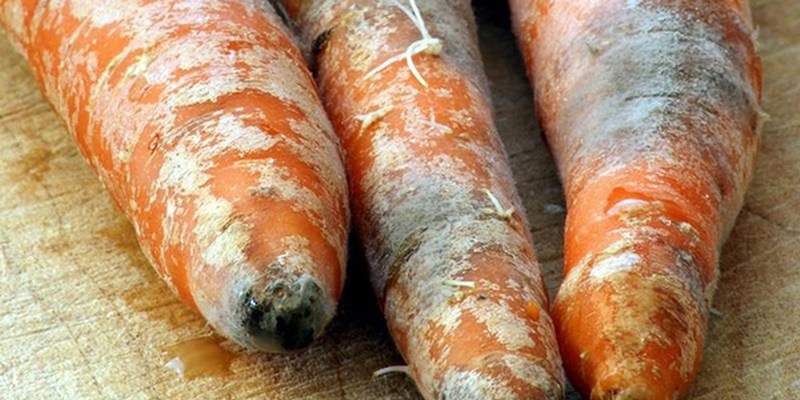
For vegetables like carrots and turnips, you can cut off the moldy parts and consume the rest. However, for vegetables with juicy flesh, such as tomatoes, cucumbers, and lettuce, it’s best to discard them entirely.
For cereals like …, and nuts, it’s crucial to store them in a dry area. If mold appears, discard the food immediately.
Potatoes
Whether it’s sweet potatoes or regular potatoes, if they turn green, they’ll have a bitter taste. These green areas contain glycoalkaloid toxins, which can lead to headaches, diarrhea, or even death. It’s challenging to neutralize these toxins, even with thorough cooking. However, if the greening is due to sunlight exposure rather than mold, the potatoes are still safe to eat.
Cheese
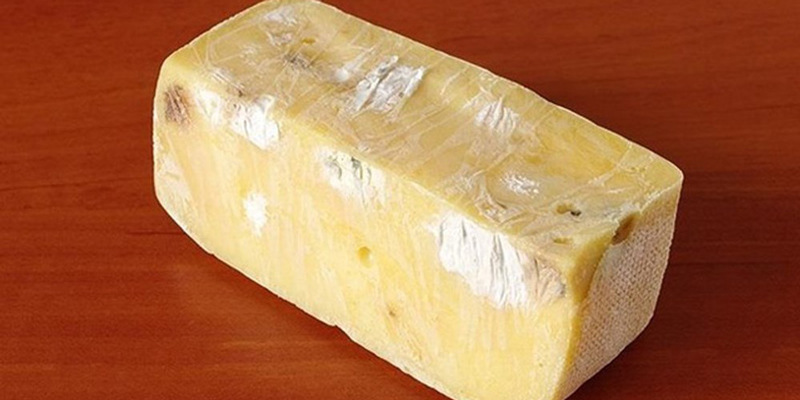
Soft or semi-soft cheeses should be discarded if mold is present, regardless of the amount. For hard cheeses, you can cut off the moldy exterior and consume the rest.
In conclusion, not all moldy foods need to be discarded. The decision to eat or discard depends on the type of food and the extent of mold growth. We hope this guide helps you make informed choices. Stay safe and healthy!
For further reading: [Insert links]
Source: alobacsi.com
8 Common Mistakes People Make with Cutting Boards
Are you using your cutting board correctly? Many Vietnamese households rely on cutting boards in their kitchen, but not everyone knows how to use them properly, especially when it comes to wooden cutting boards. Check out these 8 mistakes to avoid when using a cutting board to ensure both hygiene and safety for everyone in your family.
Is Refrigerated Leftovers Linked to an Increased Risk of Cancer?
Dr. Lam Van Man, Head of Research, Development and Technology Transfer Department of the Institute of Safety Food, has warned of the risk of food poisoning when reheating leftovers from the refrigerator. But what should we be aware of when it comes to the possibility of these leftovers causing cancer? Here, we explore what the experts have to say on the matter and offer some tips for safe eating.
Preserving Leftover Food from the Tet Holiday
With the beginning of the Lunar New Year, many households are stocking up on food to celebrate the festive occasion. While keeping food in the refrigerator is convenient, it can also be harmful to users if not done correctly. We have compiled a few tips to help ensure food remains fresh and safe to consume during Tet.


























